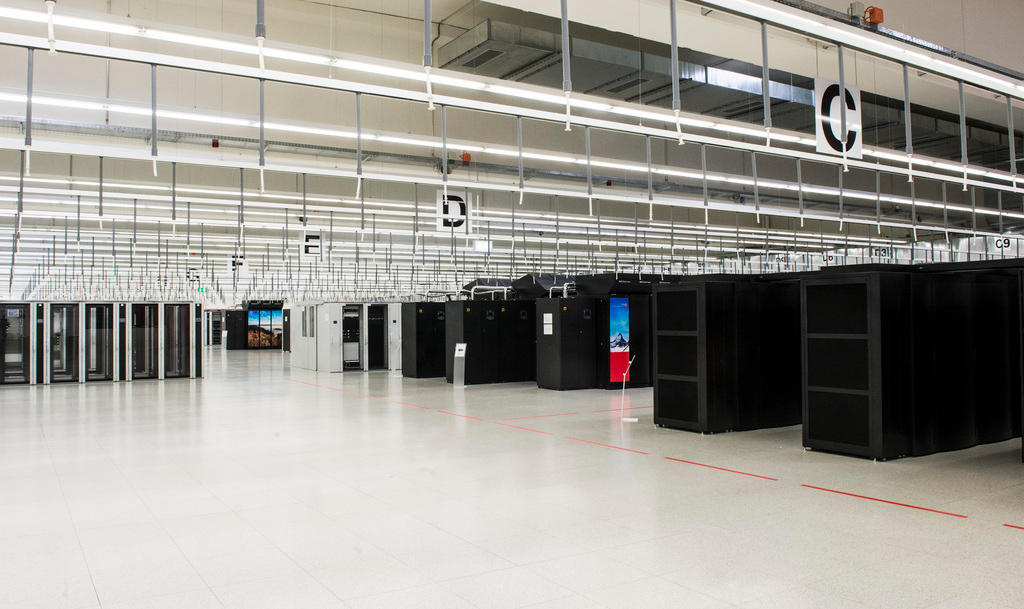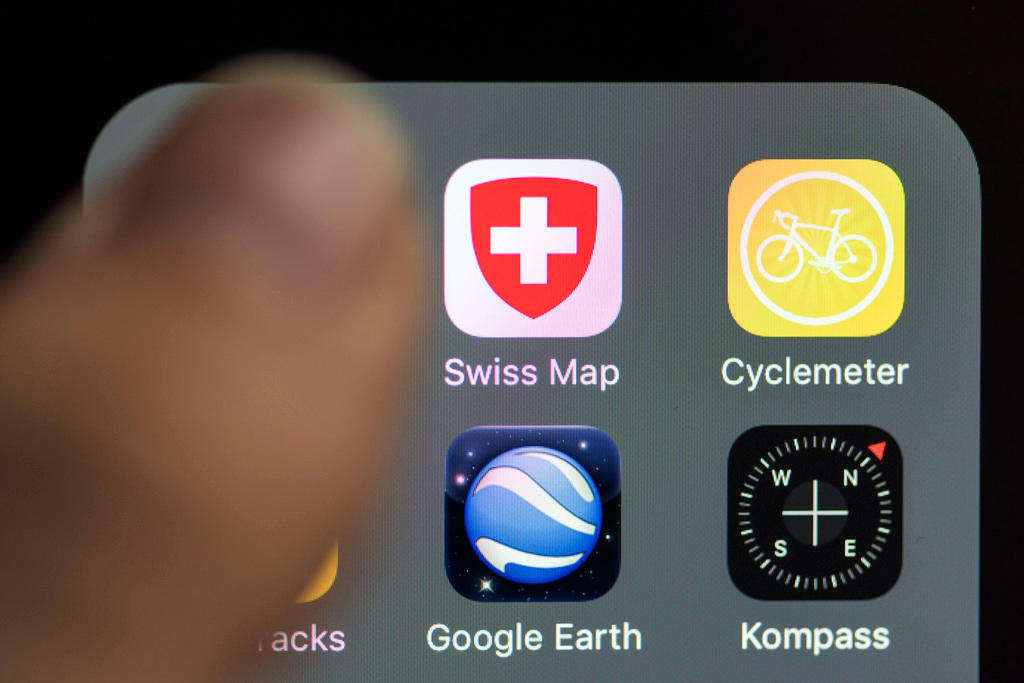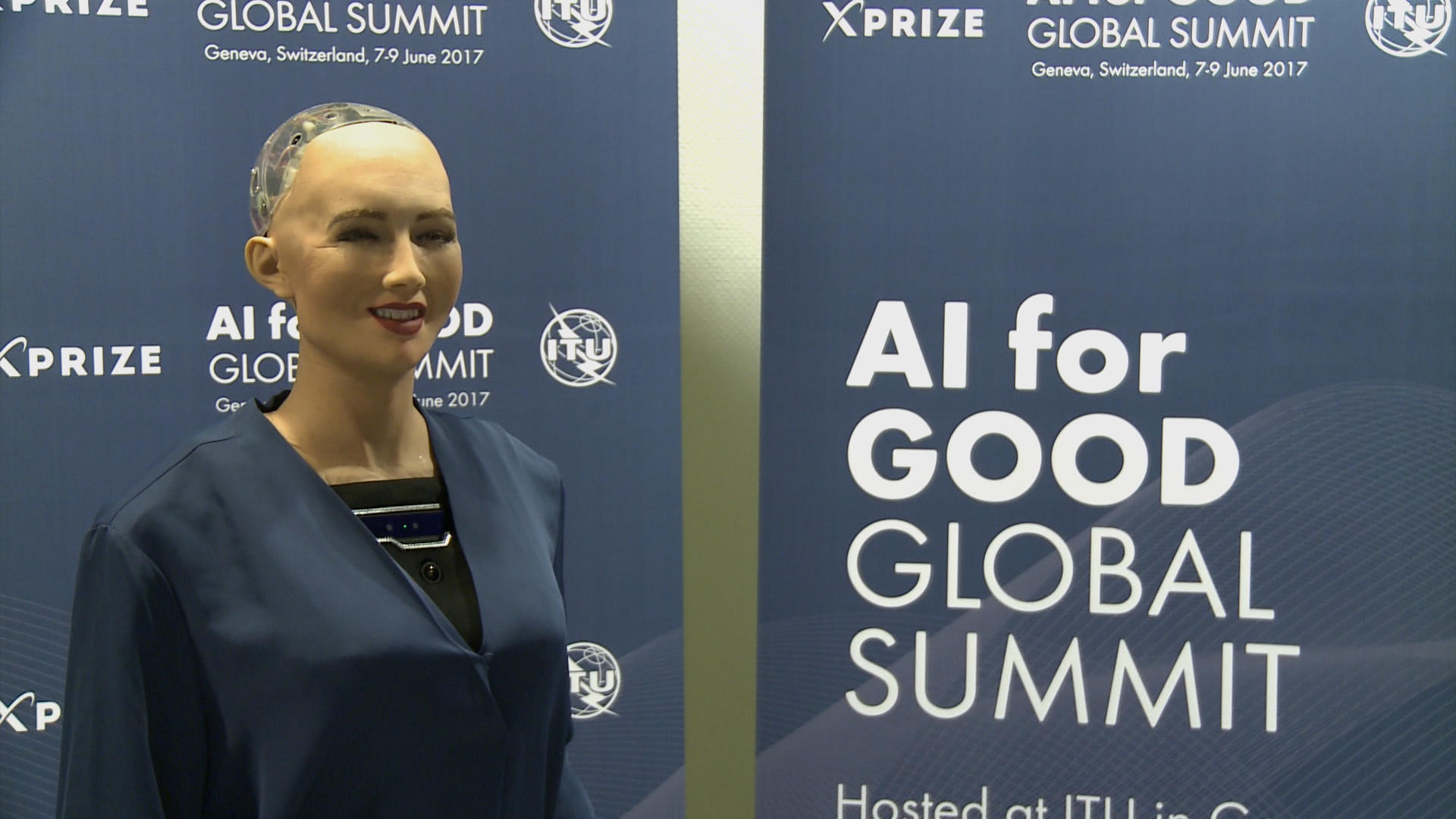Swiss supercomputer third fastest in the world

The Swiss supercomputer “Piz Daint”, based in Lugano, has been named as the third most powerful in the world behind two Chinese frontrunners.
The results, announced at the International Supercomputing Conference in Frankfurt, come just two weeks after Piz Daint – named after a mountain peak near the Italian border – created in Zurich one of the largest ever simulations of the known universe.
Operated by the Swiss National Supercomputing CentreExternal link (CSCS) in Lugano, the computer has been the fastest in Europe since 2013.
However, an upgrade at the end of last year – financed by the Swiss Federal Institute of Technology in ZurichExternal link (ETH Zurich) to the tune of CHF40 million ($41million) – tripled its speed and catapulted it towards the top of the global leader board with a top theoretical speed of 25.3 petaflops.
Top spots went to the Chinese machines “Sunway TaihuLight” (93 petaflops) and “Tianhe-2” (33.9 petaflops). The US has fallen out of the top three for now, which was somewhat surprising, but may be explained by a series of upgrades to take place on American machines later this year.
What is it good for?
Speaking to swissinfo.ch, Maria Grazia Giuffreda, a computational chemist at the CSCS, said they were happy with the accolade but were not getting carried away.
“We offer a tool to our scientists,” she said, alluding to the fact that the computer is mainly used by scientists from around the country, notably from ETH Zurich. The most important thing is that “we want to have outstanding science”.
The supercomputer, which was initially financed by the Swiss state, has various functions. As well as the recent universe simulation – which will help to investigate dark matter – Piz Daint has also processed a decade of humidity data to create models for predicting future storm patterns.
Supercomputers are also in demand among life scientists, who use the high data-processing power to recreate the environments in which diseases such as Alzheimer’s and Dengue fever reproduce.
All this at a monumental rate, though one difficult to understand for non-scientists. To contextualise the sheer power of a plus-20 petaflop machine, Giuffreda compares it to a standard laptop: “what Piz Daint can process in one day, a laptop would take 900 years.”
The new space race
As for the supremacy of Chinese computers right now, for Giuffreda “anything is possible with unlimited resources”. The possession of the world’s most powerful computers is also a question of prestige, she says: “China is doing this just to be first in the top 500.”
The US, the home of the computer and the main rival of the Chinese in the new global race, fell out of the top three this year. But this may not last. According to Giuffreda, various upgrades are being planned on some of the most powerful computers in the US, notably “Titan” and “Sequoia”.
swissinfo.ch with agencies/dos

In compliance with the JTI standards
More: SWI swissinfo.ch certified by the Journalism Trust Initiative




You can find an overview of ongoing debates with our journalists here. Please join us!
If you want to start a conversation about a topic raised in this article or want to report factual errors, email us at english@swissinfo.ch.